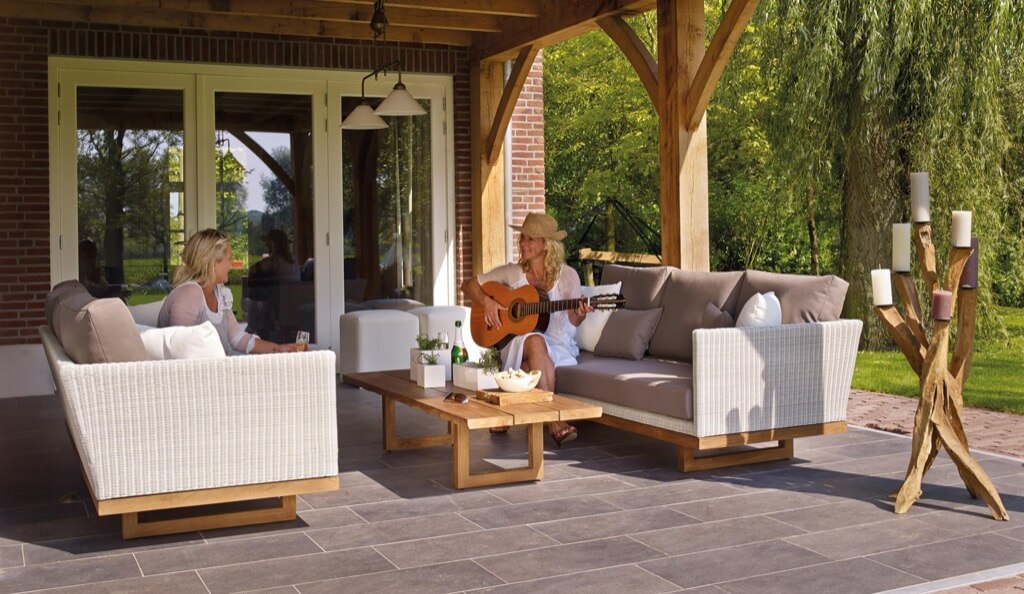Embracing Sustainable Living: A Closer Look
The appeal of Tiny Homes lies in their potential to champion sustainability. By significantly reducing the environmental footprint, these compact abodes promise a greener, more eco-conscious way of living. With features like energy-efficient appliances and the use of sustainable materials, the move towards downsizing can play a pivotal role in fostering a more environmentally-responsible lifestyle.
Downsizing Dilemma: Balancing Comfort and Functionality
While the notion of minimalistic living holds a certain allure, it’s essential to address the potential challenges that come with compact spaces. Assessing whether a Tiny Home can meet your functional needs without compromising comfort is a critical consideration. From storage solutions to multifunctional furniture, finding the right balance is paramount in making this transition successful for you.
Financial Liberation: The Economic Advantages of Tiny Living
One of the chief benefits touted by advocates of Tiny Homes is the potential for significant cost savings. A smaller living space equates to reduced expenses on maintenance, utilities, and even property taxes. This financial liberation can free up resources for other pursuits, allowing you to channel your resources towards experiences that truly matter to you.
The Psychological Impact: Navigating the Emotional Landscape of Downsizing
Beyond the tangible benefits, it’s important to acknowledge the psychological impact of transitioning to a Tiny Home. For some, the sense of liberation and reduced clutter can lead to a newfound sense of contentment. However, it’s equally crucial to recognize that this lifestyle may not be a seamless fit for everyone. Evaluating your own preferences and comfort levels is key in ensuring that this choice aligns with your unique needs and aspirations.
Navigating the Realm of Sustainable Living
In the pursuit of sustainable living, Tiny Homes have emerged as a compelling alternative. This article seeks to illuminate the nuances of this lifestyle, weighing the advantages and potential compromises it entails. As we delve into the intricacies of downsizing to a compact living space, let’s first explore the pros and cons.
Embracing the Pros: The Advantages of Tiny Home Living
One of the chief merits of residing in a Tiny Home lies in its mobility. The ability to travel with your abode in tow offers a unique freedom, allowing you to explore new landscapes while retaining the comforts of home. This mobile aspect can be particularly appealing to those with a penchant for adventure and a desire to experience the world on their terms.
However, it’s imperative to acknowledge the trade-offs. Limited storage space can pose a challenge, necessitating a conscious approach to possessions. This shift towards minimalism, while liberating in many ways, requires careful consideration of what truly matters. Moreover, the downsized living may necessitate sacrifices in terms of full-size appliances and an ideal home layout. It’s a delicate balance between functionality and compact living, demanding thoughtful planning.
The Art of Downsizing: Strategies for a Seamless Transition
To embark on the journey of Tiny Home living, a deliberate downsizing process is paramount. The KonMari technique, championed by decluttering guru Marie Kondo, proves invaluable. By categorically assessing possessions, you’ll gain clarity on what truly brings value to your life. Starting with one room at a time ensures a methodical approach, allowing you to make decisions with intentionality.
Staying organized throughout this process is crucial. Establishing systems for storage and ensuring items have designated places in your Tiny Home is key to maintaining a clutter-free environment. Discerning between needs and wants becomes a guiding principle, helping you curate a living space that is both functional and purposeful.
In the South African context, where the desire for sustainable living is burgeoning, these considerations hold particular relevance. The potential benefits of reduced environmental impact and financial liberation are juxtaposed with the need for careful planning and adaptability to a downsized lifestyle. It’s a journey that necessitates introspection and a clear vision of what truly matters to you.
The Future Landscape of Tiny Homes
As we peer into the future, the potential impact of Tiny Homes on sustainable living and downsizing warrants careful consideration. Let’s embark on this journey together, assessing the potential avenues that lie ahead.
1. Sustainable Living Goes Mainstream: A Paradigm Shift
The burgeoning interest in sustainable living is poised to propel Tiny Homes into the mainstream. As eco-consciousness takes center stage, the compact footprint of these dwellings aligns seamlessly with a greener way of life. Embracing this shift may mean adopting innovative technologies and materials, further solidifying the Tiny Home movement as a pivotal force in the quest for a more sustainable future.
2. Innovative Designs for Enhanced Comfort
The evolution of Tiny Home design promises to bridge the gap between downsizing and comfort. Architects and builders are pioneering innovative layouts and multifunctional spaces, ensuring that your Tiny Home remains a haven of comfort and functionality. With creative solutions for storage, efficient use of space, and customizable features, the future of Tiny Homes may offer a level of comfort that rivals traditional housing options.
3. Technological Integration: Smart Solutions for Tiny Living
Advancements in technology are set to revolutionize the Tiny Home experience. From smart home automation to space-saving innovations, integrating technology into Tiny Home design promises to enhance convenience and efficiency. Imagine a home that intuitively adapts to your needs, optimizing every square inch for your comfort and convenience.
4. Community Living and Shared Spaces: A New Frontier
The future of Tiny Home living may extend beyond individual abodes, encompassing entire communities designed around shared spaces and resources. Collaborative living arrangements offer the potential for a heightened sense of community, while still allowing for the privacy and autonomy that Tiny Homes afford. This shift could redefine the social fabric of sustainable living.
5. Regulatory Changes: Paving the Way for Tiny Living
As the popularity of Tiny Homes grows, so too may the need for updated regulations and zoning laws. Advocacy and policy initiatives may pave the way for more accessible pathways to Tiny Home ownership. This shift could usher in a new era of housing options, offering you more flexibility and choice in your quest for sustainable, downsized living.
Evaluating Advantages
Embracing Affordability: Case of Reduced Expenses
In South Africa, where housing costs can be a significant financial burden, Tiny Homes present an intriguing solution. By opting for a smaller, more manageable living space, you can substantially reduce expenses related to mortgage payments, utilities, and maintenance. This financial liberation opens doors to redirect resources towards experiences and pursuits that truly matter to you, creating a more fulfilling and economically sustainable lifestyle.
Sustainable Living in South Africa’s Climate
The temperate climate of South Africa lends itself well to sustainable living practices, making Tiny Homes an excellent fit. With thoughtful design considerations like efficient insulation, passive solar design, and rainwater harvesting systems, Tiny Homes in South Africa can be tailored to harness the natural elements. This not only reduces environmental impact but also leads to lower energy consumption and greater self-sufficiency.
Navigating Limitations: Practical Considerations
Addressing Space Constraints in Urban Environments
In densely populated urban areas of South Africa, finding suitable locations for Tiny Homes may present a challenge. Zoning regulations and urban planning considerations may limit the availability of spaces conducive to Tiny Home living. Navigating these constraints requires careful research and potentially engaging with local authorities to explore viable options for placement.
Freedom Tiny Homes Village
One noteworthy example of Tiny Home living in South Africa is the Freedom Tiny Homes Village, located in the picturesque town of Stanford. This community embraces the principles of sustainable living while offering a unique sense of camaraderie among residents. The village provides insights into how carefully planned Tiny Home communities can thrive in the South African landscape, showcasing the potential for downsized living in this diverse and dynamic country.
If this discourse piques your interest, I invite you to engage further. Feel free to reach out through the contact form for an enriching exchange on this subject. Your perspective matters, and together, we can navigate the intricacies of Tiny Home living.




